After consuming a substantial meal, snakes often adopt a peculiar posture—tightly coiling their bodies into compact spirals. This behavior, while seemingly simple, represents a fascinating intersection of evolutionary adaptation, physiology, and survival strategy. From the massive pythons of tropical rainforests to the common garden snakes in suburban backyards, this post-meal coiling behavior transcends species and habitats. The tight spiral formation serves multiple crucial functions that help these remarkable reptiles process their often enormous meals efficiently and safely. Let’s explore the science behind why snakes coil after eating and how this behavior contributes to their survival in diverse environments worldwide.
The Digestive Challenge of Being a Snake
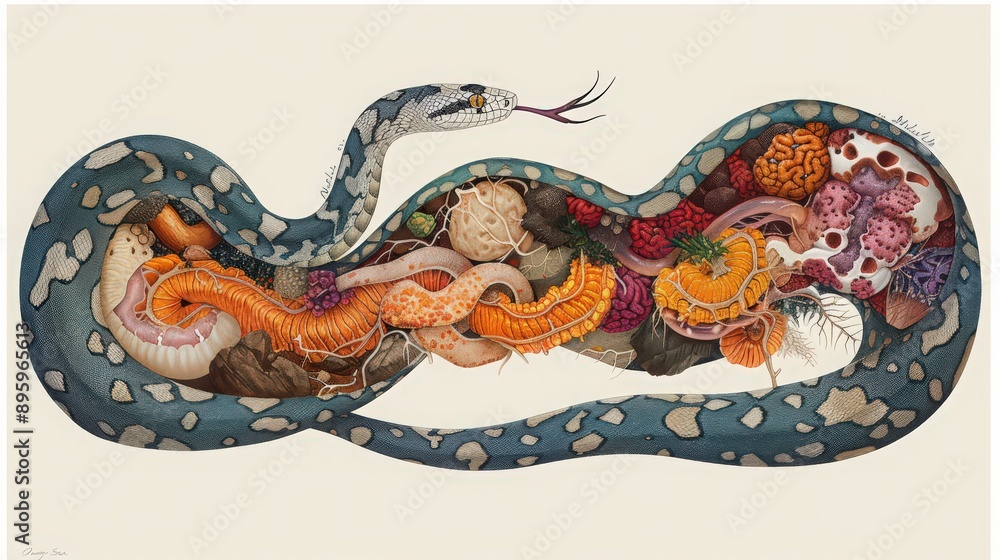
Unlike mammals that eat small portions frequently, snakes have evolved to consume large meals at infrequent intervals, sometimes eating prey that exceeds their own body weight. This feast-or-famine approach to nutrition presents unique digestive challenges that have shaped snake physiology and behavior. After swallowing prey whole, snakes must efficiently break down this massive meal using minimal energy while protecting themselves during a vulnerable period. Their digestive systems undergo remarkable transformations, with organs expanding dramatically and metabolic rates increasing up to 44 times their resting levels. This intensive digestive process can last days or even weeks, during which the snake must optimize its position and body temperature while managing the physical burden of a large, undigested prey item distending its midsection.
The Mechanics of the Spiral Coil
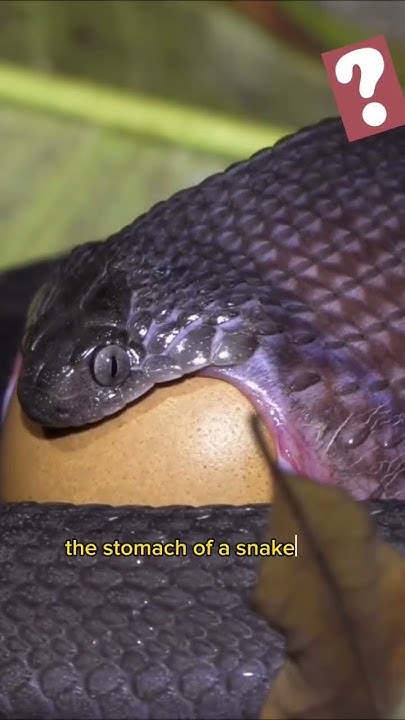
When a snake adopts the post-meal spiral position, it executes a precisely evolved behavior that has specific mechanical advantages. The spiral typically involves the snake forming concentric loops with the meal-containing portion of its body positioned centrally within the coil. This arrangement creates a stable, compact formation that minimizes the snake’s overall footprint while maintaining balance around the heavy meal. The overlapping body loops provide mutual support, preventing strain on any single portion of the snake’s musculature. Herpetologists have observed that the tightness of the spiral often correlates with meal size—larger meals tend to inspire more compact coiling. This precision suggests that the coiling behavior isn’t merely habitual but responsive to the specific digestive demands of each feeding event.
Thermal Regulation Benefits
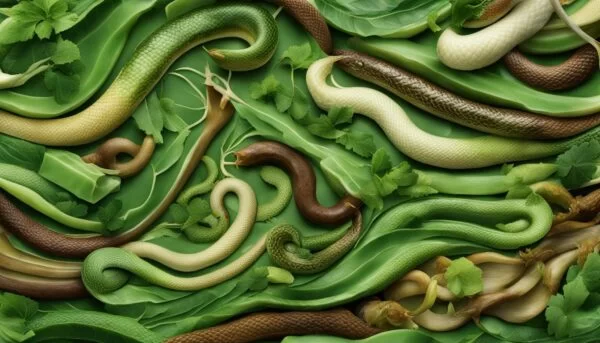
Temperature management stands as one of the most crucial reasons snakes coil after eating. As ectothermic animals, snakes rely on environmental heat sources to maintain optimal body temperature, and digestion requires significantly warmer temperatures than resting states. The tight spiral configuration helps minimize heat loss by reducing the surface area exposed to the environment. When multiple body loops overlap, they create a self-insulating effect that helps maintain the elevated temperatures needed for efficient enzymatic activity. Research has shown that digestive efficiency can decrease by up to 30% when snakes cannot maintain optimal temperature, potentially leading to food rotting in the gut rather than being properly digested. Some snake species will deliberately position their coils in sunlight or warm microhabitats to further enhance this thermal advantage.
Conserving Energy During Digestion

Digestion represents one of the most energy-intensive processes in a snake’s life cycle, temporarily increasing their metabolic rate dramatically. The coiled position helps minimize unnecessary energy expenditure during this critical period. By reducing the need for movement and stabilizing their position, snakes can direct more energy toward the digestive process rather than maintaining posture or unnecessary locomotion. The compact coil formation also reduces muscle strain compared to stretched-out positions, which would require constant low-level muscular engagement to maintain. For species that may go months between significant meals, this energy conservation strategy can make the difference between thriving and merely surviving. Studies measuring oxygen consumption in digesting snakes have confirmed significantly lower energy usage in coiled individuals compared to those prevented from adopting this natural posture.
Protection From Predators
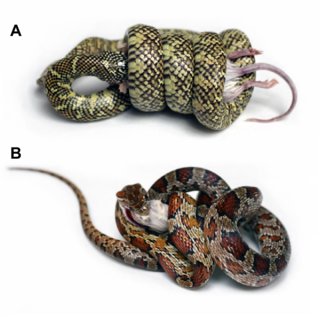
A snake with a large meal bulging from its midsection faces heightened vulnerability to predation. The digestive process temporarily impairs mobility, making escape from threats more difficult or impossible. The coiled position offers several defensive advantages during this vulnerable period. First, it minimizes the visual profile of the snake, making it less conspicuous to visual predators scanning for prey. Second, the coiled formation protects the vulnerable, distended midsection by surrounding it with overlapping body loops. Third, some species adopt coiling positions that keep their head near the center, allowing for quicker defensive responses if threatened. For venomous species, maintaining strike capability during digestion can be crucial for survival, and the coiled position facilitates faster strike deployment compared to stretched-out alternatives.
Facilitating Internal Organ Rearrangement
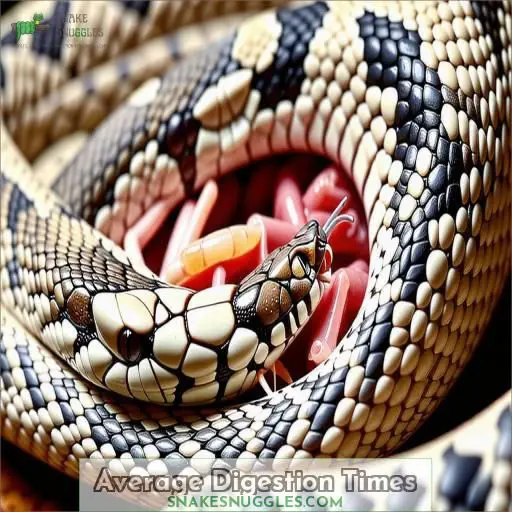
When a snake consumes a large prey item, its internal organs must physically rearrange to accommodate the meal. The spiral position may help facilitate this remarkable physiological adaptation. As the prey moves through the digestive tract, organs shift position and change in size—the heart may move, the liver and pancreas enlarge, and intestinal surface area increases dramatically. The coiled position helps create space for these organ movements while maintaining overall body stability. Some research suggests that certain coil configurations may even help guide the prey item through turns in the digestive tract, preventing potentially dangerous blockages. This internal reorganization represents one of the most extreme examples of physiological plasticity in the vertebrate world, with organ systems expanding and contracting by factors of two to three times their resting state.
Species-Specific Coiling Variations
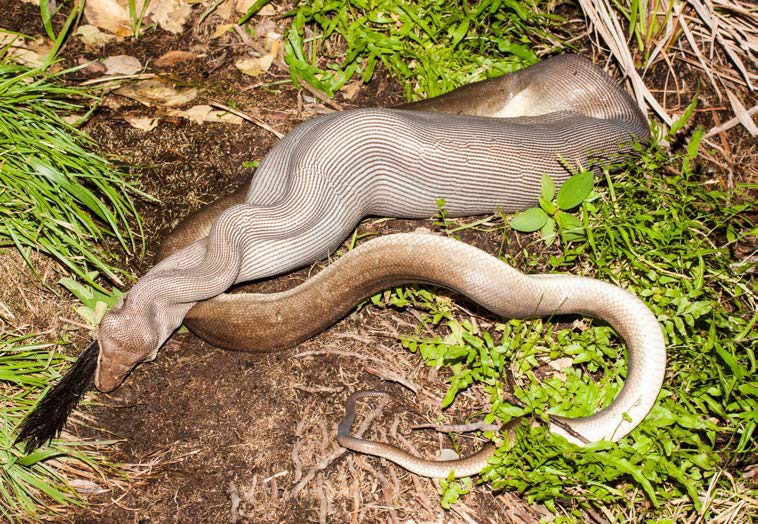
While post-meal coiling is nearly universal among snakes, herpetologists have documented fascinating variations across different species. Arboreal species like emerald tree boas often coil around branches with their meal-containing section draped over the support, balancing digestive needs with their tree-dwelling lifestyle. Large constrictors like pythons and anacondas typically form the tightest and most elaborate coils, corresponding to their tendency to consume extremely large prey relative to their body size. Desert-dwelling species may coil differently at different times of day, loosening coils to absorb heat during cool mornings and tightening them to retain heat at night. Some semi-aquatic species have been observed partially submerging their coils to maintain optimal temperature and hydration during digestion, highlighting how this basic behavior has been refined through evolution to match diverse ecological niches.
Respiratory Adaptations and Coiling
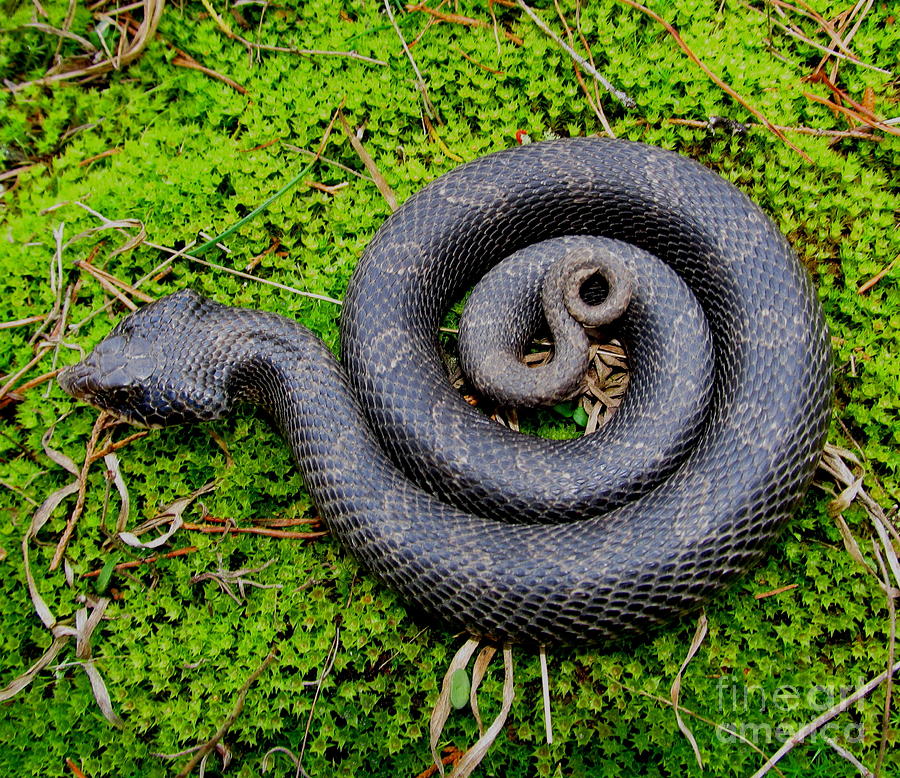
Large meals create significant pressure on a snake’s respiratory system, potentially restricting lung function. Snakes possess asymmetrical lungs, with many species having one functional lung that extends along much of the body length. The precise nature of post-meal coiling helps manage respiratory challenges by positioning the functional portions of the lung in ways that minimize compression. Research using imaging techniques has revealed that snakes often adjust their coiling configuration to ensure adequate airflow despite the massive meal pressing against internal organs. Some species elevate portions of their coils slightly to create space for lung expansion, while others may periodically shift position to temporarily relieve pressure on different sections of the respiratory system. These adaptations highlight the remarkable fine-tuning of seemingly simple behaviors to meet complex physiological needs.
Digestive Enzymes and Gravity
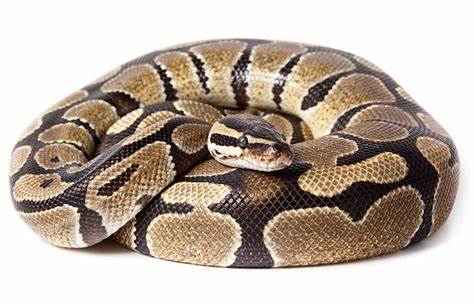
The orientation of a snake’s body affects how digestive enzymes interact with the consumed prey. The coiled position helps manage the flow and concentration of these powerful digestive chemicals. When coiled, portions of the digestive tract are oriented at various angles relative to gravity, which may help control the movement of digestive fluids and prevent the reflux of stomach acids. Some research suggests that the specific curvature of coils may create optimal pressure gradients for digestive efficiency, especially for breaking down large bone masses from prey. The spiral configuration ensures that different segments of the prey item are exposed to varying enzyme concentrations and mechanical pressures, potentially speeding overall digestion. This optimization becomes particularly important when consuming prey with dense tissues like fur, feathers, or scales that require intensive enzymatic action to break down.
Metabolic Surge Management
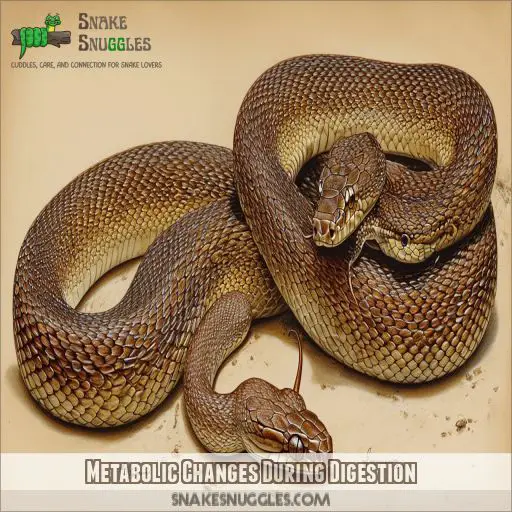
The dramatic increase in metabolic rate that accompanies snake digestion—sometimes called specific dynamic action—creates physiological stresses that the coiled position helps manage. This metabolic surge increases oxygen demand, produces excess heat, and generates metabolic waste products at levels far above the snake’s baseline state. The coiled position helps distribute blood flow optimally throughout the body, preventing localized circulatory strain during this period of intense physiological activity. Some studies using thermal imaging have revealed that different sections of the coil maintain slightly different temperatures, potentially creating advantageous thermal gradients within the snake’s body. This metabolic micromanagement allows snakes to handle the extraordinary demands of breaking down entire prey animals while maintaining physiological stability and avoiding damage to their own tissues from the intense digestive process.
Coiling Behavior in Captive Versus Wild Snakes
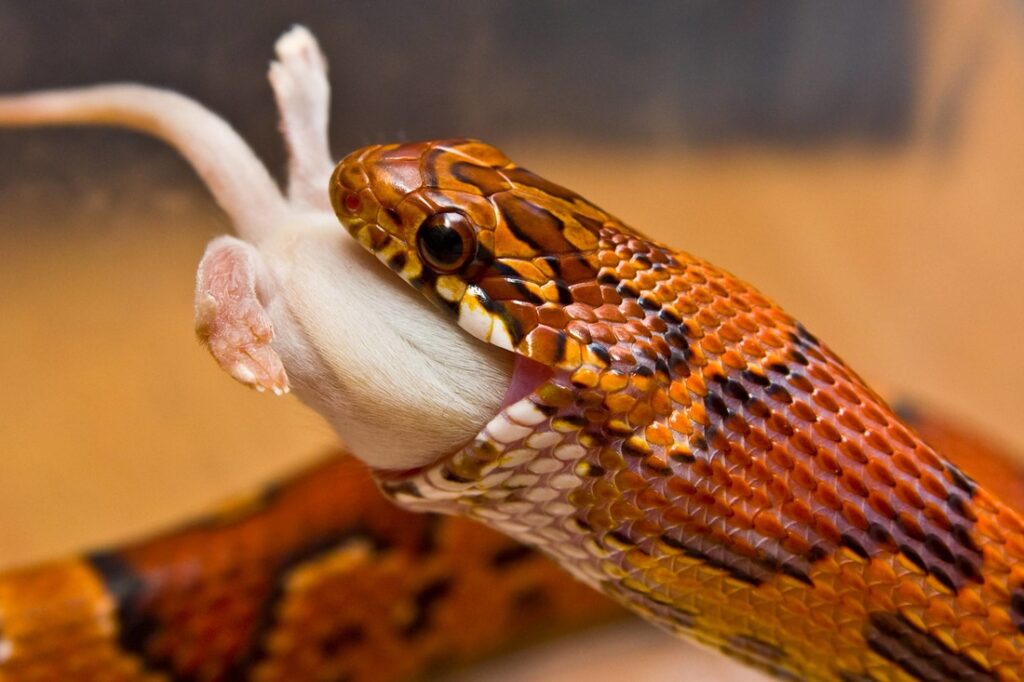
Comparative studies between wild and captive snakes have yielded fascinating insights into the innate nature of post-meal coiling behavior. Even snakes raised in captivity for multiple generations, with no opportunity to observe wild conspecifics, display the characteristic coiling behavior after large meals. However, subtle differences appear in how captive snakes position themselves relative to heat sources and habitat features. Wild snakes often demonstrate more complex positional adjustments throughout the digestive period, responding to changing environmental conditions like shifting sunlight or temperature fluctuations. Captive snakes sometimes display abbreviated or simplified coiling patterns, particularly when kept in enclosures with limited space or uniform temperatures. These observations suggest that while the basic coiling impulse is genetically programmed, its precise expression involves learning and environmental adaptation throughout a snake’s life.
Evolutionary Origins of Digestive Coiling
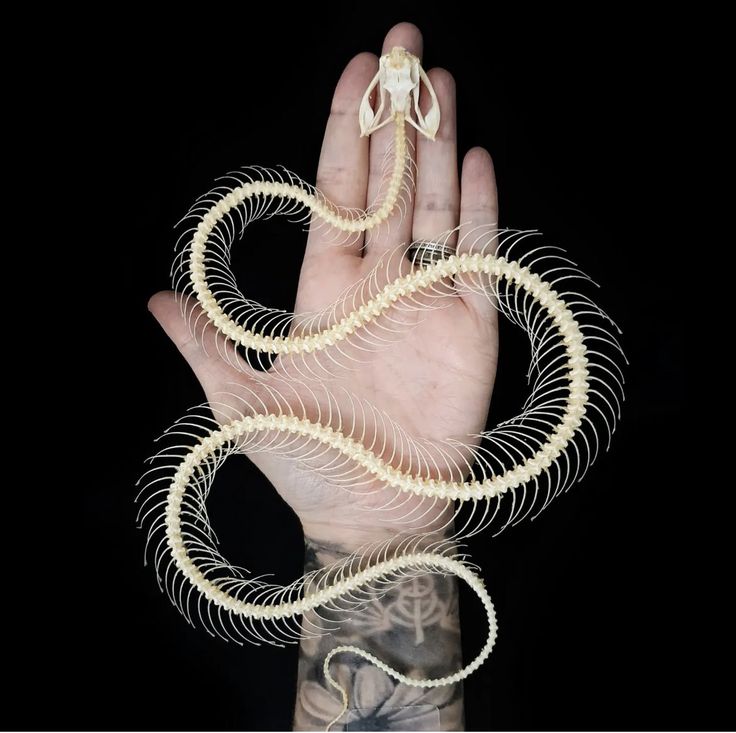
The universal nature of post-meal coiling across snake species suggests this behavior evolved early in snake evolutionary history, likely predating the diversification of modern snake families. Paleontologists studying fossil snakes have identified anatomical features suggesting similar digestive adaptations in ancient species from the Cretaceous period, over 100 million years ago. The earliest snakes likely faced the same fundamental challenges of consuming large, whole prey items as their modern descendants. Comparative studies with other reptiles reveal that while some lizards occasionally consume relatively large prey, none have developed the extreme specializations for managing oversized meals that characterize snakes. This distinctive adaptation represents one of the key evolutionary innovations that allowed snakes to occupy their unique ecological niche as specialized predators capable of consuming prey much larger than their head size would suggest possible.
When Coiling Goes Wrong: Digestive Complications
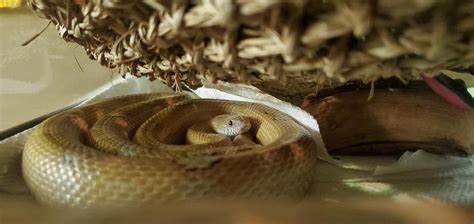
While post-meal coiling normally facilitates digestion, herpetologists and veterinarians occasionally document cases where digestive processes fail despite this adaptive behavior. Regurgitation represents the most common digestive complication, typically occurring when environmental conditions prevent proper digestion or when the prey item proves too large even for the snake’s specialized digestive system. Stress factors like handling, inappropriate temperatures, or disturbances during digestion can trigger regurgitation even when a snake has adopted the proper coiling position. In extreme cases, particularly when captive snakes are fed inappropriately sized prey, fatal digestive complications can occur despite normal coiling behavior. These adverse outcomes highlight how the coiling behavior, while remarkably effective, represents just one component of a complex digestive strategy that depends on multiple environmental and physiological factors aligning properly for successful digestion.
The tight spiral coiling behavior snakes display after consuming large meals exemplifies the elegant solutions the evolution of the elegant solution that can produce complex biological challenges. Far from being a simple resting position, this behavior represents a sophisticated multi-purpose adaptation that simultaneously addresses thermal regulation, energy conservation, predator avoidance, and internal physiological management. Through this seemingly simple postural adjustment, snakes transform vulnerability into survival advantage, converting periods of digestive intensity into opportunities for protected recovery and growth. As we continue studying these fascinating reptiles, the humble coiled snake serves as a reminder that even the most basic animal behaviors often conceal remarkable complexity and evolutionary refinement when examined closely.




